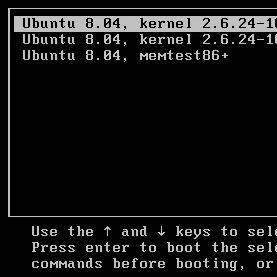Slax Is Planning A Return, But Will No Longer Be Slackware-Based

Slax creator Tomáš Matějíček has been working on a new Slax release after being on a nearly half-decade hiatus. But in this renewed Slax, Slackware is no longer being used as a base but instead Debian. Tomas said he's moving to Debian out of "laziness" with Debian offering a much better and easier starting experience than Slackware in its current state. Debian's extensive package archive is another reported reason for choosing it.
The new Slax also isn't being KDE-focused but sounds quite interesting:
I'm going to use fluxbox for window manager, compton for compositing (fading effects, transparency), xlunch as app launcher, xterm for terminal and chromium as web browser. That's it. All of this in a 800 KB download ISO image. Yes, you read it right, 800 KB, that's true, I'm not kidding :-) Standard ISO size is going to be like 210 MB, but there will be also a ~800 KB version which will simply boot everything over network. It will mount the big iso from web and download only the parts which are actually accessed. It can also work peer to peer, so all slax users who boot from network may connect to others to get Slax data (verified by checksum using official server).
Learn more at the new SLAX.org.
Those wishing to relive its old days can see our 2005 screenshots of it as well as newer versions. There is also this 2012 article on Phoronix by the Slax founder on how he managed the ~200MB Linux desktop.
14 Comments

